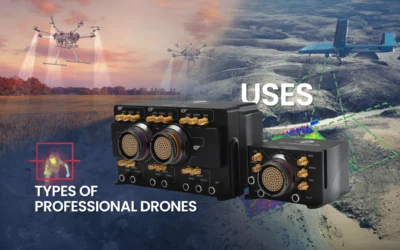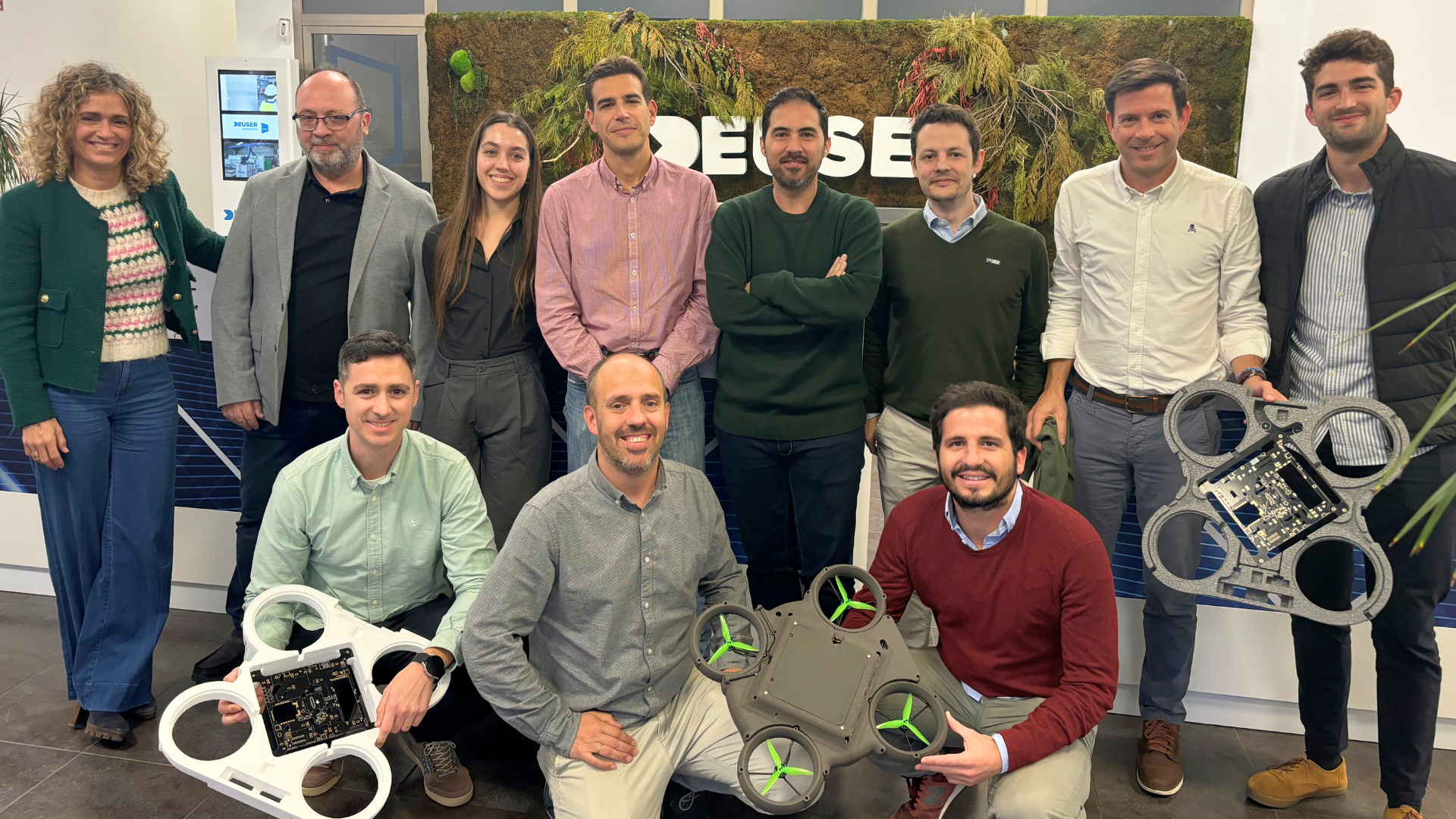When we talk about consumption and suppliers in the drone market, there is one service that stands out above the rest: photogrammetry with professional drones. Because of the increasing use of UAVs in recent years, this area has taken significant advances, creating a fundamental high-performance tool in this sector.
The term photogrammetry basically consists of a number of techniques that enable images of extensions of land through the reconstruction of maps and 3D objects.
It may look like a simple process, but actually it is a rather complex compilation and subsequent conversion of two-dimensional objects (flat images) to cartographic and three-dimensional data.
Although photogrammetry has existed over time, it is not until aerial view has been obtained that it has undergone remarkable evolution. Drones and UAVs have become the system par excellence for this use. Even though the techniques we use are based on the traditional ones, the complexity, equipment, and requirements of the cartographic and photogrammetric tasks have been notably reduced.
It is not surprising, then, that costs have also been cheapened. In the past, based on the subcontracting of complex engineering projects, it can now be solved by smaller quantities of tools and unmanned aerial vehicles and micro-avionics systems that can be acquired and easily in customized format in the market.
Photogrammetry and LiDAR with drones
This technique allows us to know the geometrical properties of an object or a surface from information obtained from several images with redundant information. Simplifying, for an object to be faithfully reconstructed, it must appear in a sufficient number of images. This repeated information allows its structure to be extracted.
This technique allows knowing in depth the geometric properties of a surface from the obtained images, which have a fundamental and definitive informative content.
What is the difference between LiDAR and photogrammetry?
LiDAR
The LiDAR method consists of a pulsed laser light beam. Measuring the length between the source of this laser beam and the surface on which it is finally deposited, so you can define the area’s relief and geographical dimensions.
Widely used in the classic methods of topography and cartography, it generates a number of light dots in which you can observe with a large amount of data the main characteristics and geographic accidents.
It also has altimetric precision and quality and can capture in more detail the surface of areas that have foliage or shaded areas, being even wired and subtle metal surfaces.
Photogrammetry
It consists of the topographic study that measures the surface of land through photographs; the structures are examined through overlapping zones, obtaining three-dimensional information. They must be given together to avoid what is known as “shadow zones.”.
One of the advantages of the LiDAR formula over photogrammetry is that these shaded areas disappear completely and the edges are measured much more precisely.
If, in addition, our UAV or professional drone has an integrated Veronte Autopilot 1x, we can improve our result much more with a precise positioning RTK, much more precise control of the cameras, a Veronte Gimbal system, and the possibility of developing missions in a specific way.















